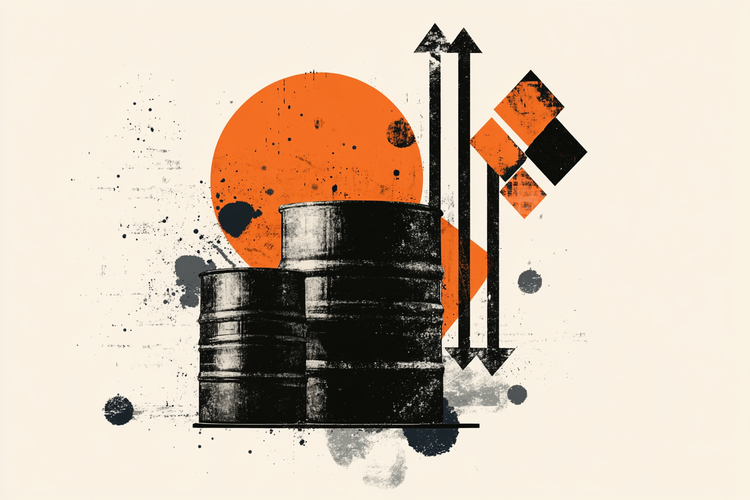ICE Brent rallied by almost 2.6% yesterday, reaching its highest since late April. A weaker USD following a cooler-than-expected US consumer price index (CPI) provided some tailwinds to the oil market. However, the key catalyst is the threat of further sanctions on Iranian oil exports, ING’s commodity experts Ewa Manthey and Warren Patterson note.
OPEC+ likely to continue with aggressive supply hikes
“Yesterday, the US Treasury sanctioned a network that facilitates shipments of Iranian crude oil to China. Also, President Trump said tougher sanctions are possible if an Iran nuclear deal isn’t struck. Trump has repeatedly threatened to drive Iranian oil exports to zero. While this is unlikely, there’s certainly room for a sizable reduction, with Iran currently exporting in the neighbourhood of 1.6m b/d. In 2019, Iranian oil exports averaged around 600k b/d after Trump reimposed sanctions in late 2018.”
“Lower Iranian oil flows should be welcomed by other OPEC+ members, as it provides room to increase output. For now, all signs suggest that OPEC+ will likely continue with aggressive supply hikes. We’ll have to wait until 1 June to see what the group decides for its output policy for July. Already announced supply hikes by OPEC+ should be welcomed by Trump, given his desire to see lower oil prices. However, he may want to be careful on how low prices go, given the impact it will have on the US oil industry, causing a pullback in drilling activity.”
“Overnight, numbers from the American Petroleum Institute show that US crude oil inventories increased by 4.29m barrels over the last week, very different from the roughly 2m barrel draw the market expected. Meanwhile, crude stocks in Cushing fell by 850k barrels, while gasoline and distillate stocks fell by 1.37m barrels and 3.68m barrels, respectively. The more widely followed Energy Information Administration (EIA) inventory report will be released later today. Other releases include OPEC’s monthly market report, which will include their latest market outlook.”

